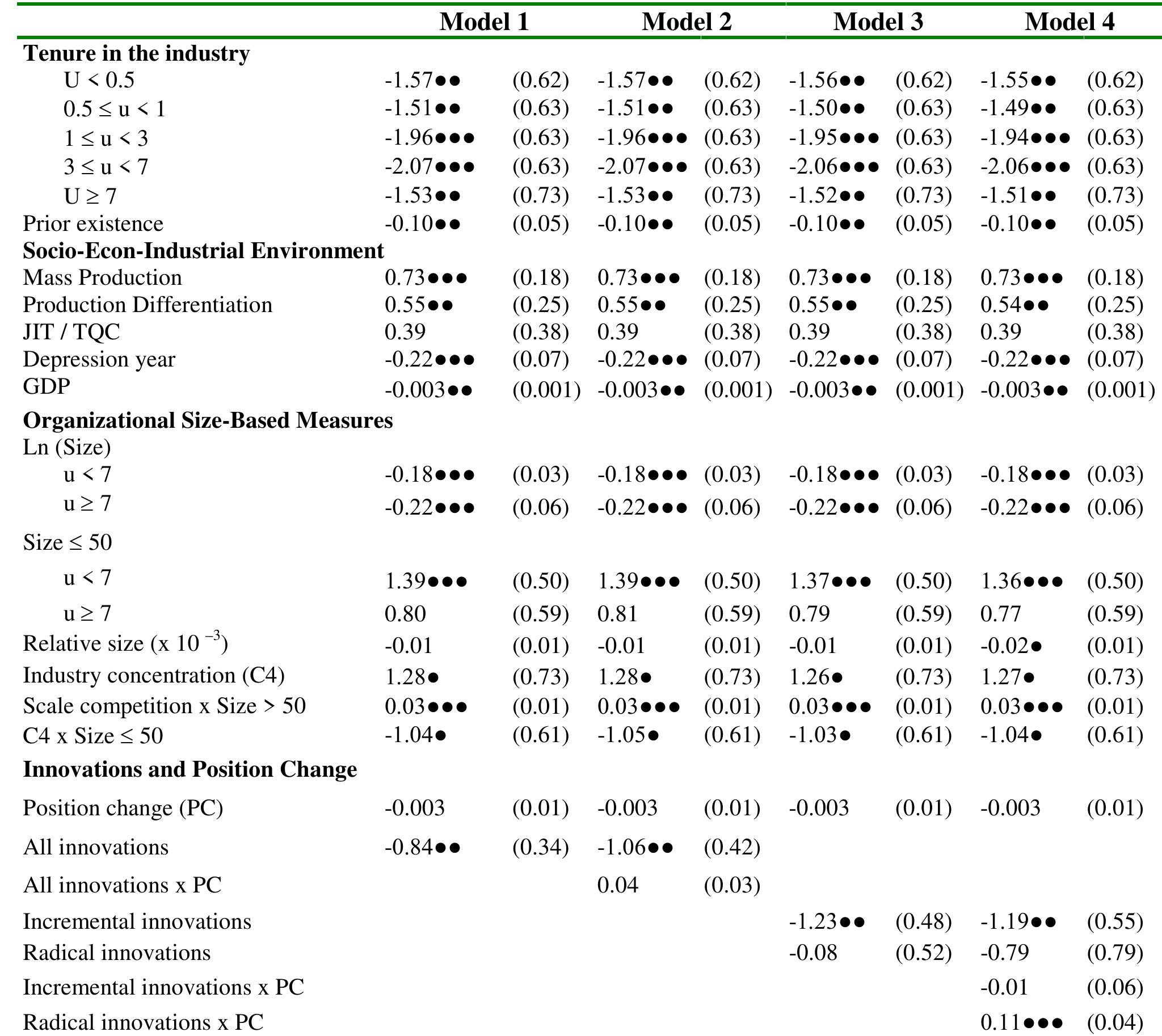Key research themes
1. How do variation, replication, and selection processes drive industry evolution across different industrial contexts?
This research area investigates the evolutionary mechanisms—variation, replication, and selection—that shape industry dynamics, focusing on how these processes manifest differently in mature, oligopolistic, and emerging market contexts. Understanding these mechanisms provides conceptual clarity on firm behavior and strategic action across industry life cycles, offering nuanced insights into the heterogeneity of industrial trajectories and the role of firm-level strategy in shaping industry evolution.
2. What are the technological and socio-political drivers behind transitions in industrial revolutions and their implications for industry structure and society?
This theme explores the defining characteristics of successive industrial revolutions, particularly the third and fourth, focusing on their underlying energy bases, technological paradigms, and socio-political transformations. It investigates how shifts from fossil fuels to renewable energies and the integration of digital, cyber-physical, and biological systems reshape production modes, labor structures, innovation trajectories, and policy challenges. The research elucidates the coevolution of technology, industry, and society, offering insights into steering mechanisms and the opportunities and risks associated with these systemic transitions.
3. How are emerging manufacturing technologies like additive manufacturing reshaping industrial ecosystems, firm capabilities, and production paradigms?
This theme concentrates on the emergence and integration of additive manufacturing (AM) technologies, examining their impact on manufacturing landscapes, industrial networks, and firm-level business models. It focuses on AM's technological characteristics, adoption challenges, and socio-economic implications, exploring how AM enables mass customization, flexibility, and sustainability. The research analyzes sector-specific dynamics and offers insight into how firms can leverage AM to evolve supply chains, capture value, and maintain competitiveness in the digital fabrication era.



































































